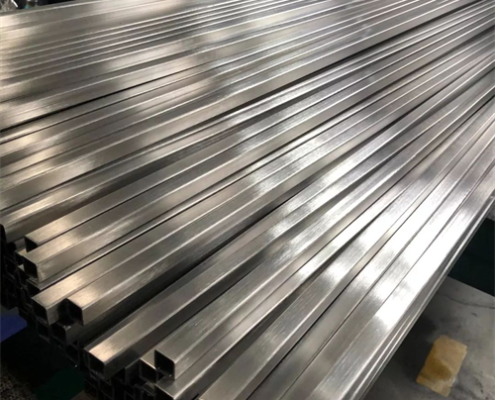stainless steel metal hose
What is a stainless steel metal hose?
Stainless steel pressure-resistant metal hoses are made of 304 stainless steel or 301 stainless steel. They are used as protective tubes for automation instrument signals and wire and cable protection tubes for instruments. The specifications range from 3mm to 150mm. Ultra-small diameter stainless steel hose (4mm-12mm) provides solutions for the protection of precision electronic equipment and sensor circuits. It is used for sensing circuit protection of precision optical rulers and industrial sensor circuit protection. It has good softness, corrosion resistance, high-temperature resistance, wear resistance, and tensile strength.
The structure of stainless steel pressure-resistant metal hose: it is made of stainless steel bellows braided with one or more layers of steel wire or steel belt mesh sleeves, with joints or flange heads at both ends, and is used to transport flexible components of various media. The characteristics of stainless steel pressure-resistant metal hose: are corrosion resistance, high temperature resistance, low temperature resistance (-196℃~+420℃), light weight, small size, and good flexibility. Widely used in aviation, aerospace, petroleum, chemical industry, metallurgy, electric power, papermaking, wood, textile, construction, medicine, food, tobacco, transportation, and other industries.

Precautions for installation and use of stainless steel pressure-resistant metal hoses:
1. The bellows of the stainless steel hose is made of chromium-nickel austenitic stainless steel. When using it, pay attention to prevent pitting corrosion of nitrogen ions and corrosive damage of dilute sulfuric acid and dilute sulfuric acid.
2. After users conduct hydraulic pressure tests on equipment and piping systems equipped with stainless steel hoses, they should prevent the impact of rust blocks and the deposition of chloride-containing sediment, which may cause corrosion and mechanical damage.
3. During installation, the metal hose must prevent burns from splashes and mechanical damage during welding, otherwise it will cause leakage.
4. Sealing piping systems should strictly abide by safe operating procedures to prevent hoses from pulling off or bursting due to overpressure caused by improper operation or other factors.
5. Please carefully digest the examples of stainless steel hose installation methods, and install and use them strictly by the correct outline.


